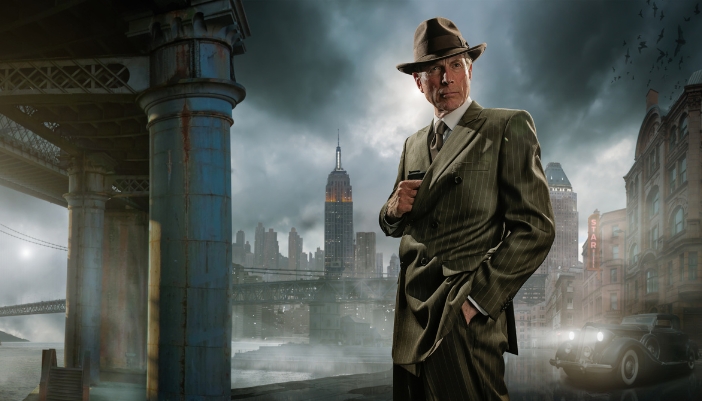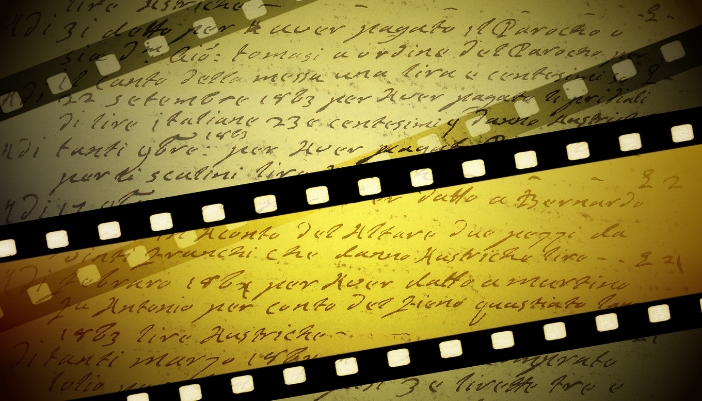Nowadays, every movie is shot in 4K, allowing us to revel in the stunning visuals we've come to love. But what about those timeless classics filmed long before digital cameras and high-definition were the norms? Sure, we can watch them in 4K, but there’s a whole labor of love that goes into it!
4K restoration is a meticulous process that transforms the grainy, flickering images of the classics into the crisp, vibrant visuals we expect today, all while keeping the soul of the original masterpiece intact.
Let’s look at what this process entails to bring well-loved classic films to life!
How 4K Restoration Works

Transforming classic films for the 4K era is a delicate blend of art and technology while preserving their historical and artistic value. The process involves the following steps:
- Digitization: The first step is carefully scanning the original film negatives using high-resolution equipment. This crucial step ensures every detail is captured, preserving the film’s essence for the digital age.
- Cleaning: Next, experts use digital tools to remove dust, scratches, and other signs of wear, frame by frame, to remove any imperfections while preserving the film’s original texture and character.
- Color Correction: The digitized footage undergoes color correction to restore or enhance the film’s original color palette, accounting for color shifts that may have occurred over time.
- Sound Enhancement: Sometimes, the audio track is restored or enhanced, cleaning up hisses, pops, and other audio imperfections while upgrading to the current audio standards!
- Resolution Upgrade: The cleaned and corrected footage is upscaled to 4K resolution using sophisticated algorithms that enhance detail and sharpness with no additional digital artifacts.
- Quality Check: The final step is the quality check, where the experts carefully review the film and make sure the restoration keeps the film’s integrity and essence!
The Challenges of Restoration

Restoring classic films is a huge process; when it’s done right, the results are amazing! But even with all the tech involved, the process can be challenging! Some of the hurdles include:
- Over-Smoothing Details: A common pitfall, especially in animated classics, is the potential for over-smoothing during restoration. This can result in the loss of fine lines and details, crucial for the animation's artistic integrity, leaving characters and scenes looking unnaturally polished.
- Grain Management: Film grain is an essential component of classic movies. However, striking a balance between reducing noise and preserving grain can be difficult, sometimes leaving pictures flat and lifeless.
- Color Restoration Accuracy: The color in film can fade even over time or as part of the stock, so achieving accurate color restoration requires a deep understanding of historical pigments and lighting conditions.
The Classics Restored
So, what do the classics look like in all their 4K restorative glory? You’ll have to find out yourself! Some titles that bring back artistic storytelling include:
- The Wizard of Oz dazzles with its vibrant colors, making Dorothy's journey from Kansas to Oz more magical.
- Casablanca now lets you see the misty details of Rick's café and the emotions flickering across Ilsa's face with pristine clarity.
- Lawrence of Arabia transports you to the desert with its vast, sweeping landscapes, each grain of sand seemingly counting.
- Vertigo presents San Francisco and its vertiginous heights with breathtaking depth, making Hitchcock's masterpiece even more gripping.
- The Godfather offers a sharper look into the shadows of the mafia, making every offer you can't refuse even more compelling.
Optimizing Your Home Theater for Restored Classics

Just because a film is “olden” doesn’t mean it’s not golden! And what better way to enjoy restored classics' artful charisma than in your tricked-out home theater? For that, you’ll need:
- The Display: Invest in a 4K Ultra HD projector or OLED TV that accurately renders the restored details and colors.
- Sound System: A surround sound system with a clear, dynamic range ensures you catch every auditory nuance, from the subtle background noises to the iconic scores.
- Seating Comfort: High-quality, comfortable seating affects how you experience a film. Consider ergonomically designed chairs or sofas that support long viewing sessions.
- Lighting Control: Adjustable lighting, ideally with dimmable LED lights or smart home integration, allows you to mimic the ambiance of a movie theater and enhance visual clarity.
- Room Acoustics: Sound-absorbing materials, like curtains and rugs, can minimize echo and improve sound quality, making every line of dialogue crisp and clear.
But if your current home theater is not set up for greatness, don’t worry; our audio and video selection will help! At Nawara Brothers Home Store, you’ll find all the leading brands with the best features in TVs, speakers, and more! And if you can’t find what you need, our experts are always happy to lend a head — call us or stop by!